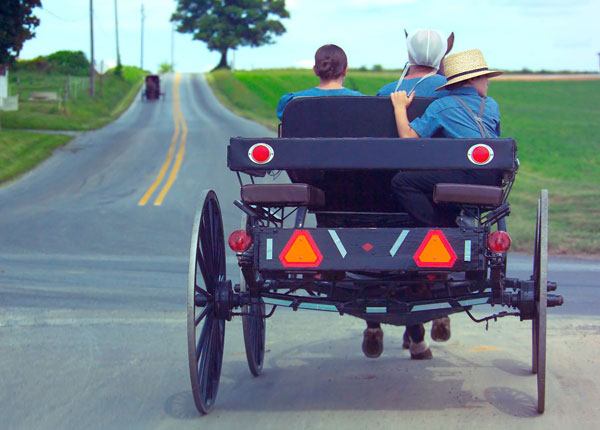
Minimizing Parking Risks: Choosing A Smart Space & Parking Your Car
Updated Aug. 14, 2020Searching for a parking spot amid crowded road conditions can lead drivers to behave less courteously and safely than they would usually. It is easy to overlook driving rules and become frustrated with other drivers, when competing with many other motorists for just a handful of parking spaces.
Look for parking spaces before you arrive
The smartest way to avoid conflict and mitigate parking risk is to search for a parking spot ahead of time. Most drivers are in the habit of waiting until they arrive at their destination to start looking for a space, assuming this will get them where they need to be in the fastest possible time. Keep in mind that the closest parking spot is not always the most convenient. It may be quicker to choose a space in a quieter area a couple of blocks away and walk the remaining distance to your destination.
Avoid distractions
Searching for a parking space will take a lot of your attention away from the road and potential hazards. No matter how keen you are to find an appropriate spot, you must remain on the lookout for dangers around your vehicle. Of course, this means keeping an eye on other motorists maneuvering around you – but also – on the stationary cars which are already parked by the roadside. Parked vehicles may not seem to present any danger; however, keep in mind that:
- A seemingly stationary vehicle could suddenly pull out of a parking space by the roadside.
- An unseen vehicle may exit a space between two cars in a parking lot or pull out of an alley or driveway.
- A person in a parked car may open their door into the roadway or across the boundaries of a parking space, without warning.
- Pedestrians may be moving around and obscured by parked vehicles.
Obey parking lot traffic signs
It is a common misconception that drivers may choose not to obey traffic signs and pavement markings in parking lots, as they are on private property. Buying into this idea is extremely dangerous – even if it were true – as safety and order in a parking lot depend on all motorists following the same set of rules. At any rate, failure to obey signs in a parking lot is a traffic violation and will result in a fine or penalty.
While parking lots are designed to make parking safe and convenient, there are still risks created by distracted drivers searching for a spot and those entering or leaving a space. Exercise more caution around vehicles that are reversing out of a parking space, as backing-up is a trickier maneuver that increases the likelihood of collisions.
Entering a parking lot
Standard signaling rules apply when preparing to enter a driveway or parking lot. Use your turn indicators or hand signals to give drivers behind you as much notice as possible that you intend to turn. However, be wary of signaling too early when entering a parking lot beyond an intersection. Wait until you have completely cleared the intersection before indicating the turn, or you could confuse other motorists into thinking you wish to turn off at the intersection.
Choosing a parking spot
The safest parking spaces are usually those which do not require the driver to perform complex reversing maneuvers upon entry or exit. Angle parking spaces are a great example, as motorists may drive straight into the spot and back out at a relatively safe 45-degree angle.
When reversing out of a space into a parking lot lane, drivers must check carefully for pedestrians (including small children), pets, shopping carts and other obstacles behind their vehicles. A thorough check cannot be performed with mirrors alone! You must scan behind the vehicle before getting into the driver’s seat and remember to look over your shoulder, in addition to using side-view and rear-view mirrors.
Vehicles are frequently subject to accidental damage in parking lots. This could happen to your car as another driver maneuvers in or out of an adjacent parking space. Be sure to minimize this risk by properly centering your vehicle in the parking spot, with an equal distance between the doors and the painted lines on both sides. Note that choosing a parking spot next to a cart return point is never a good idea, as shoppers often do not take care not to hit nearby cars when returning their carts.
Exiting a parking lot
Always observe the proper procedure when re-entering the roadway from a driveway or parking lot exit. Remember that pedestrians using a sidewalk have the right-of-way. If a sidewalk breaks across the parking lot exit, you must stop BEFORE any part of your vehicle crosses the space that the sidewalk would occupy, yielding to pedestrians before proceeding onto the road. This is particularly important if there are pillars, gates, trees or other obstacles around the parking lot exit that may obscure your view of people using the sidewalk.




